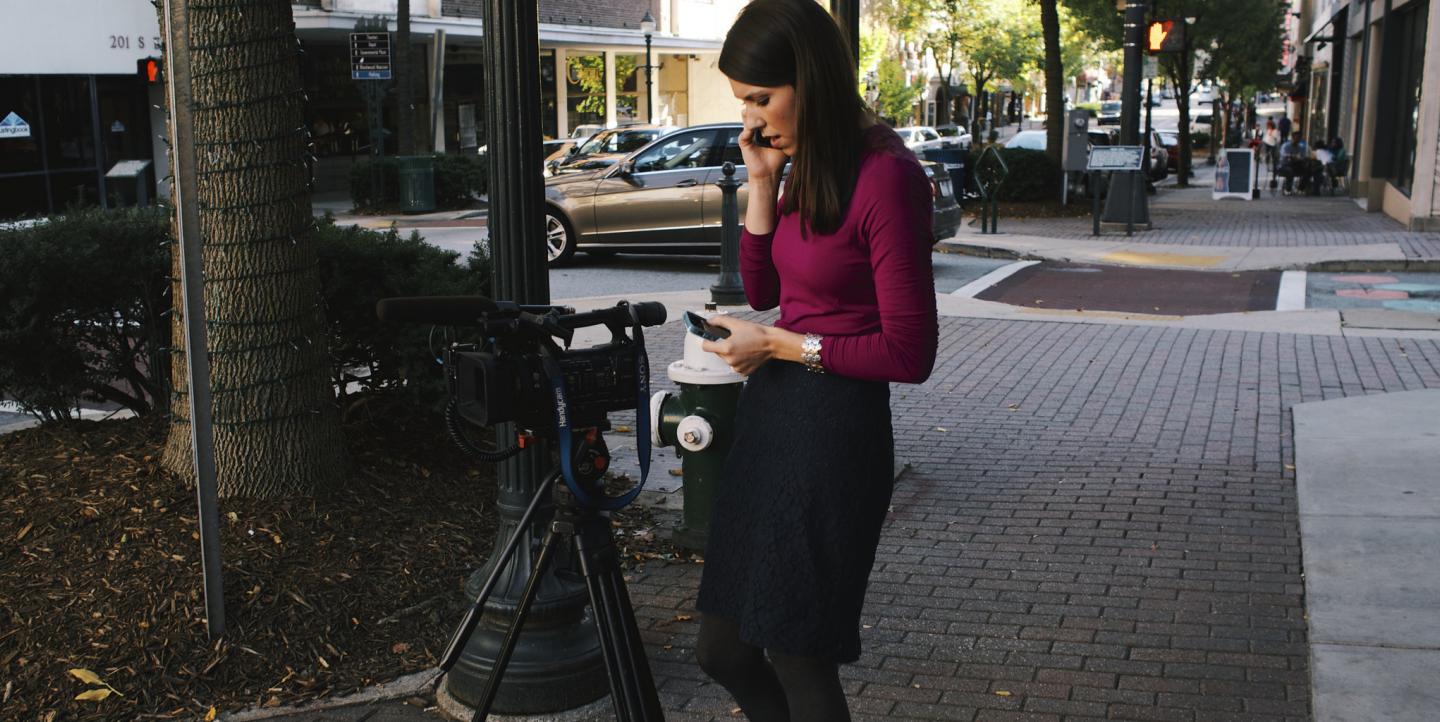Beginning journalists can have good journalism degrees, determination and skills — but even with all these things, the learning curve to becoming a great reporter can be steep. Through trial and error and occasionally silly mistakes, they can better their craft.
IJNet asked experienced journalists from different fields about the mistakes that helped them become better. Here are their responses:
Matthieu Akins is a magazine journalist who has reported from South Asia and Middle East for Harper’s, Rolling Stone, New York Magazine and The New Yorker. He’s written a number of high-profile stories such as a Rolling Stone article on war crimes in Afghanistan. He has received several awards, including the 2013 Polk Award for magazine reporting and the Kurt Schork Award.
Akins didn’t think the stories he was doing early in his career were more than just one-off articles.
“I didn't really understand how much a cumulative process reporting is,” he says. “I didn't really know when I was starting out that maybe what I was doing right now could actually be also very useful in the future, that in fact some of my most successful stories had their roots in earlier stories.”
He also thinks learning to deal with stress is necessary, depending on the sort of reporting you do.
“When you're dealing with stories that could get people killed and you're dealing with people who are in the pressure cooker of war, you have to learn to work in that environment and handle high-level stress,” he says. “One mistake I made early on was losing my temper. There's never been a situation where I've [not] regretted losing my temper working abroad. And yes it is surprising how often ... it [results in] this sort of archetype of the bullying, shouting Westerner abroad. I was that guy at some point, and I always regret it, even if it sometimes produces short-term results. It sounds strange, but learning to maintain some basic life skills in these very difficult environments is essential and not as easy as it sounds.”
Björn Staschen is a staff reporter at the German broadcaster NDR/ARD, a video and mobile journalist and head of innovation of NDR NextNewsLab. Previously the U.K. correspondent for the German broadcaster, he has spoken at several conferences, like MojoCon and re:publika, about mobile journalism.
He remembers his first time working as a freelance journalist for a local newspaper while he was still a student and failing to remain neutral. He covered two theater premiers at two different schools, offering a positive review of one premiere and a negative review of the other.
“The [second] school complained in a letter to my newspaper,” he says. “I learned that it is not only important to report independently, which I did in my eyes. What’s important is the impression you give: do you seem independent or not? [...] It is not only about what you do, it is also about how people perceive you.”
Allison Shelley is a documentary photographer and multimedia journalist. She is also the director of Women Photojournalists of Washington and teaches at Northwestern’s Medill School of Journalism and the Corcoran College of Art and Design at Washington University. She’s reported from Africa, South Asia, Haiti and the U.S. for National Geographic, The New Yorker, The New York Times, The Atlantic and The Washington Post.
She says one mistake she made as a communications intern at National Geographic remains embarrassing, but taught her a lot. She had asked the director of photography out to lunch — and when he arrived, he brought National Geographic’s entire staff of photo editors with him.
“He sat down and said 'All right, what questions do you have?' and I had no questions, I had no idea, I was completely dumbstruck,” she tells IJNet. “I was completely unprepared even for lunch with him, let alone the entire staff of photo editors at National Geographic. So, preparing yourself and knowing what questions to ask is a really big part [of the job]. In the end, it did push me past my comfort zone and taught me to problem solve in embarrassing ways like that.”
Neal Augenstein is a radio reporter at WTOP-FM in Washington, D.C. In 2010, he became the first major market radio reporter using an iPhone as his primary field production device and has now fully embraced mobile journalism, becoming one of its “pioneers.” He’s given lectures at Georgetown University, American University and has spoken at the National Press Club and MojoCon.
“Everyone makes mistakes as a reporter. Not everyone admits them, and not everyone learns from them,” he says.
His biggest fear, he says, is making factual mistakes. He says he tends to check his facts many times to make sure he’s accurate. But he also remembers making some technical mistakes.
“There's not much worse for a radio reporter than coming back from an interview, and realizing I didn't actually record the person. Walking up to the editor to try to explain that is my 'walk of shame,’” he says. “The most recent case was a few years ago. I'd traveled to Michigan to cover a news conference. While I prefer to use a mult box, occasionally, I put my iPhone on a podium to record a person speaking.”
At the end of the 30-minute news conference, he retrieved his iPhone to start editing his tape.
“Unfortunately, I only had about seven minutes of audio recorded," he says. "Turns out, I had forgotten to put my phone in airplane mode, and I got a phone call during the news conference. When the phone rings, the recording automatically stops. I had to scramble, and was able to convince a kind, local TV reporter to let me dub the news conference from his camera. Since then, I make sure I go into Settings, and turn on airplane mode. A little paranoia never hurt a reporter, either.”
Main image CC-licensed by Flickr via zenjazzygeek

